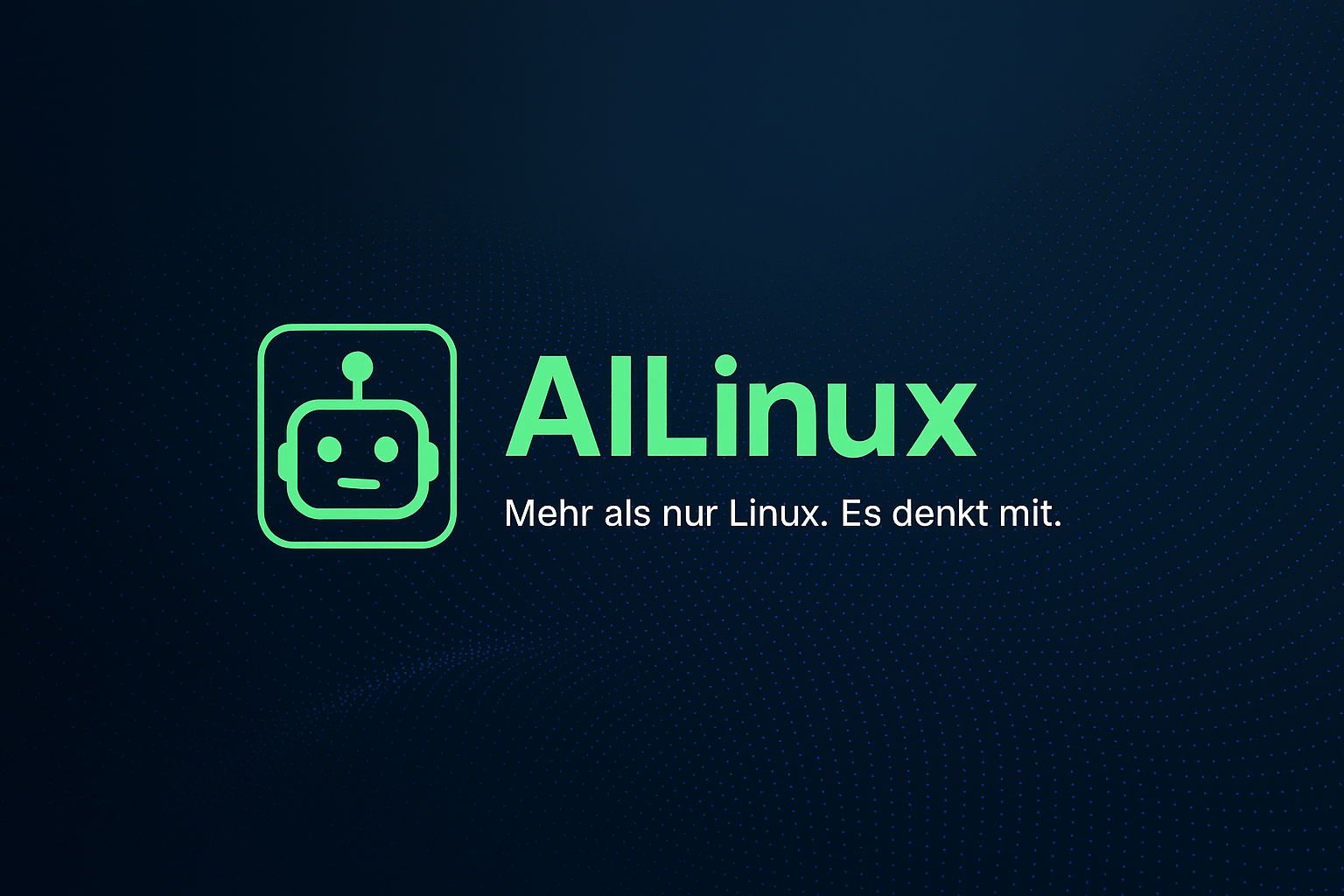Artificial Intelligence is evolving fast — and so are the paradigms we use to build intelligent systems. Two prominent approaches have emerged in how we design and implement AI-based automation: AI Workflows and AI Agents.
While they might seem similar at first glance, understanding their fundamental differences can help you make smarter architectural decisions and accelerate your automation goals.
What Is an AI Workflow?
An AI Workflow is a structured, often linear sequence of tasks where each step is clearly defined. Think of it as a pipeline: you input data, it goes through a series of transformations or predictions, and you get an output. Each stage is modular, repeatable, and designed for consistency.
Characteristics:
- step-by-step logic: Each component does one thing well — preprocessing, classification, summarization, etc.
- Human-orchestrated: Engineers decide what happens at each step.
- Transparent: You can explain and audit every decision point.
- Predictable: Once designed, the system behaves consistently.
Examples:
- A customer support system that routes tickets based on keyword classification.
- OCR → Language Translation → Text Summarization pipeline.
- Traditional MLOps deployments (feature extraction → model prediction → alert generation).
When to Use AI Workflows:
- You need precision, auditability, and control.
- The process is predictable and doesn’t change dynamically.
- You’re dealing with sensitive or regulated environments.
- You want easy maintenance and straightforward debugging.
What Is an AI Agent?
An AI Agent is an autonomous system that can plan, reason, and act toward a goal. Agents are built around Large Language Models (LLMs) and can chain tools, access memory, and adapt based on new context. Unlike rigid workflows, agents dynamically decide what to do based on your input and their internal logic.
Characteristics:
- Goal-oriented: You give it an objective, and it figures out the path.
- Autonomous: Less scripting, more emergent behavior.
- Flexible and adaptive: Can interact with tools (APIs, web), reason, and learn.
- Less deterministic: May solve problems in novel ways.
Examples:
- An AI research assistant that reads papers, writes summaries, and stores insights.
- Sales agents that book meetings by interacting with calendars and email tools.
- Multi-agent systems (like LangGraph, AutoGPT, CrewAI) coordinating on tasks.
When to Use AI Agents:
You’re solving open-ended or multi-step problems.
Tool use and reasoning are core to the task.
The system must adapt based on real-time inputs.
You want to explore new user experiences powered by AI autonomy.
Key Differences:
Real-World Use Case Comparison
Let’s say you’re building an AI-powered customer support bot.
Using an AI Workflow:
- Intent classification → FAQ matching → Predefined response template.
- Works reliably for routine queries.
Using an AI Agent:
- Understands user intent → Looks up relevant policy → Summarizes → Suggests action → Books a service call if needed.
- Feels more like talking to a real human.
Which One Should You Use?
You don’t have to choose one forever — many real-world systems combine both. For example, an AI Agent might trigger a set of workflow-based tools once it understands the goal.
Final Thoughts
AI Workflows and AI Agents are not opposing camps — they’re complementary tools. Think of workflows as maps and agents as scouts. Sometimes, you want a clear route. Other times, you need an explorer that can adapt and discover.
As you build smarter systems, consider this:
“If your process is stable, go workflow. If your goal is dynamic, go agent.”
The real magic happens when you learn how and when to blend both.



